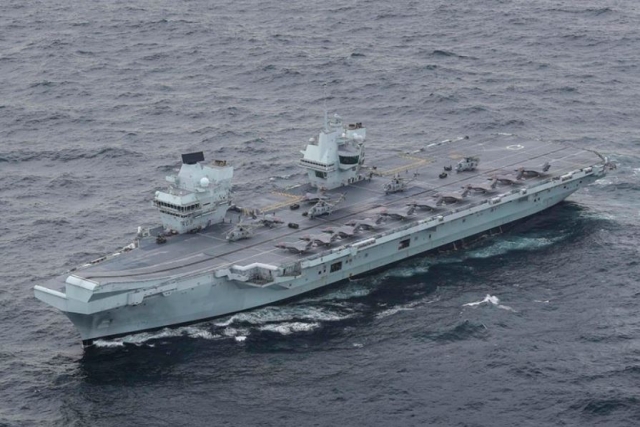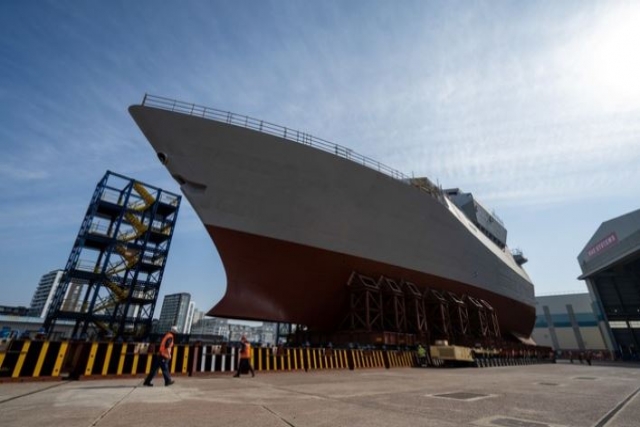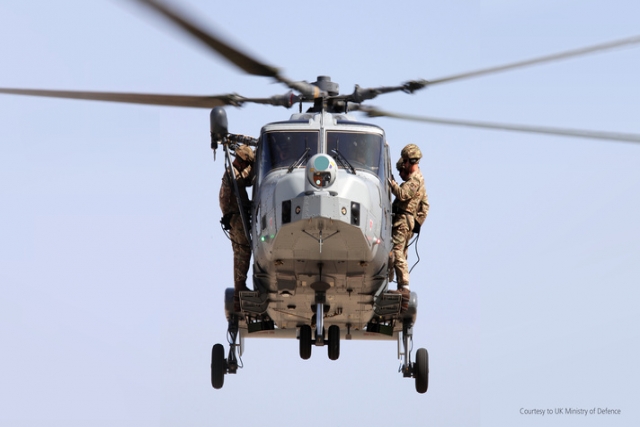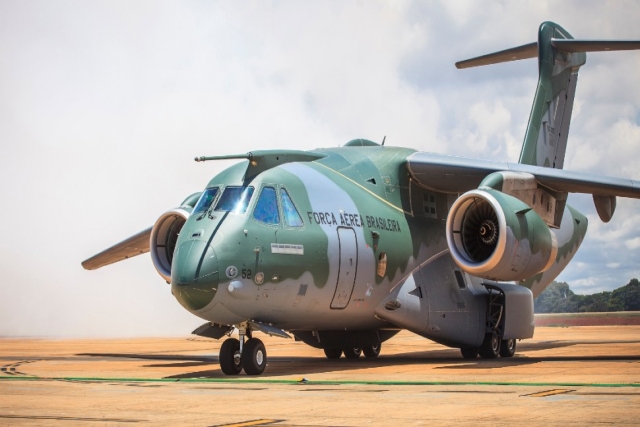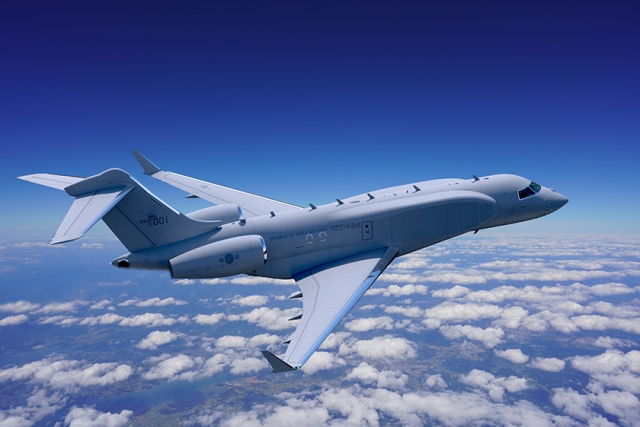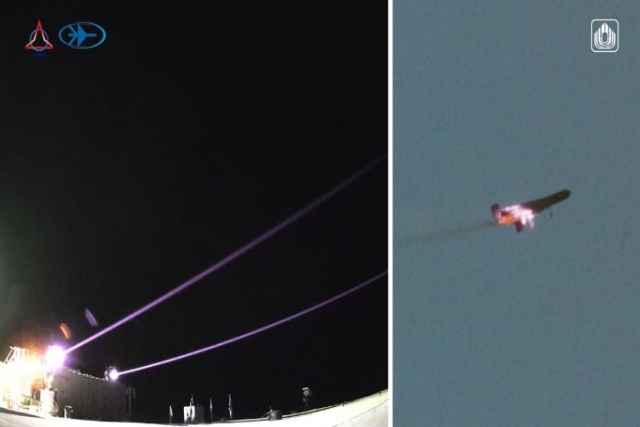British DSTL Announces Future Anti-Armour Tank Requirements
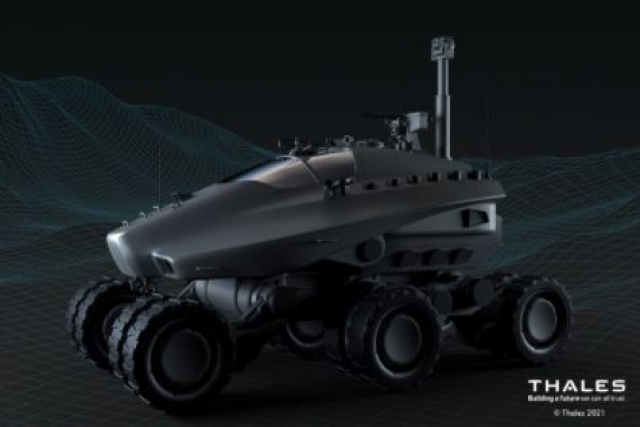
The UK Ministry of Defence’s Defence Science and Technology Laboratory (DSTL) has published requirements for its future Battle Group Organic Anti-Armour (BGOAA) project, which aims to provide the British Army with a suite of anti-armour capabilities from around the 2030s.
“Our scientists are working to find solutions to the next generation of military threats. A variety of futuristic concepts will be looked at as part of Battle Group Organic Anti-Armour project,” DSTL posted on Twitter.
BGOAA is split across four areas: a Close-In Self Defence (CISD) capability, a long-range Mounted Close Combat Overwatch (MCCO) capability akin to the Swingfire system of the past, and mounted and dismounted Close Combat Anti-Armour Weapons (CCAAW), which will form the successor to the in-service Javelin, Army Technology reported May 4.
BGOAA is currently in the pre-concept phase, with DSTL aiming to down-select from a pool of concepts over the next six month and generate a shortlist of ideas that would then undergo detailed analysis likely from 2022-2023 onwards.
De-risking is currently underway on technologies to enable a new generation of seekers, systems that can defeat active protection systems, new launchers and warheads. DSTL is also looking at critical enablers, including smaller, wider spectrum, low-cost sensors; non-line of sight capabilities; third-party handoff of targeting and fire control. It is also exploring how modular systems can allow for launchers and missiles to be diffused across platforms from trucks, the Boxer Mechanised Infantry Vehicle, the Ajax family of vehicles and uncrewed systems.
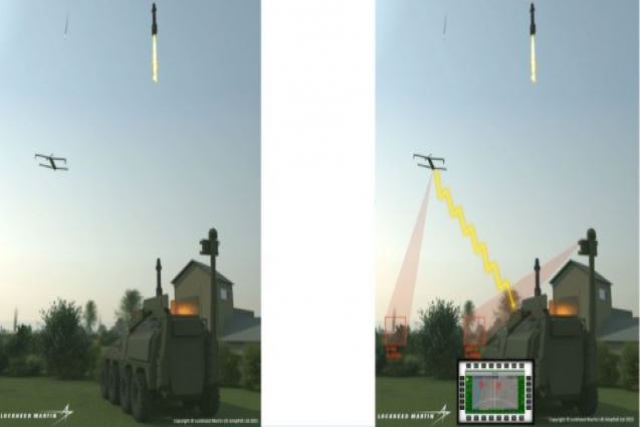
MCCO – long-range support
DSTL is prioritising the MCCO capability with Lockheed Martin, MBDA and Thales, all providing insight into potential concepts, including a Boxer-mounted VLS system and an Ajax vehicle equipped with a 50kg missile such as Brimstone or Hellfire. MCCO is envisioned as a long-range anti-armour capability that would engage targets at a range of 10km and above. A key part of the architecture is to enable platforms to accommodate any missile or rapid adaption to different missile systems.
Current concepts being explored would see effectors distributed across uncrewed ground vehicles able to carry two missiles, remote turrets fitted to existing vehicles carrying eight missiles, or vertical launch system capabilities able to carry 36 or more missiles.
During a presentation on the capability, DSTL showcased concepts from MBDA detailing an Ares vehicle carrying eight Brimstone missiles on a swing launcher as well as a Boxer module carrying 16 Brimstone missiles on one side of the vehicle as well as its previously shown concept of a TheMIS UGV carrying a Brimstone launcher.
DSTL also showed a concept developed by Thales showing an Ares vehicle equipped with a remote turret that does not protrude into the vehicle’s hull and carried eight missiles. Thales has also developed a long-term concept for a future Light VLS vehicle.
As well as devising the Boxer module, Lockheed Martin has also developed a concept for an ISO container filled with VLS tubes and carried on a MAN SV truck. This MAN SV-based system would be able to carry 50 plus missiles, the report said.
The project is also exploring how some loitering capabilities could be added to effectors, not to allow for long-term loitering of a location, but rather to let it circle a target while a smoke-screen clears. This fits into BGOAA’s ambition to develop systems that have a high one-shot-kill probability.
Additionally, MCCO is working with an ambition to engage attack helicopters as a secondary capability.
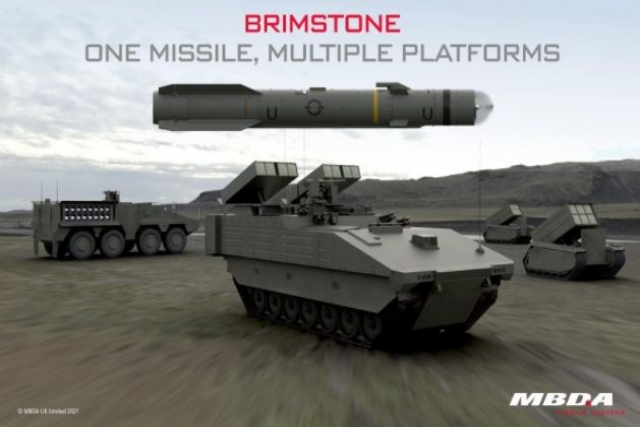
CISD – following on from NLAW and ASM
At the closer range end of the spectrum, the CISD capability would form a successor to the Next-generation Light Anti-Armour Weapon (NLAW) and Anti-Structure Munition (ASM). Like other BGOAA lines of effort, plans for this capability would see a system with a significantly extended range when compared to in-service systems.
DSTL is exploring several lines of effort for the potential solution, including whether it would be best to optimise for the anti-armour fight or provide multiple effects and researching whether two systems delivering both capabilities would be more effective.
CCAAW – mounted and dismounted effects
The CCAAW capability, the successor to the Javelin, would see a common effector fireable from either a mounted or dismounted launcher. Dstl envisages the system having at least twice the range of the in-service Javelin – bolstering its potential to be used in non-line of sight engagements.
The idea behind making CCAAW effective in the non-line of sight fight is that while adversary vehicle commanders can currently detect potential lines of fire and mitigate threats, this system would put adversary armoured vehicles on the back foot as they could effectively be hit from anywhere.
Current research is also looking at how non-conventional guidance systems could be developed for this capability to make adversaries defensive capabilities redundant. However, this is described as a high-risk, high-reward endeavour.

